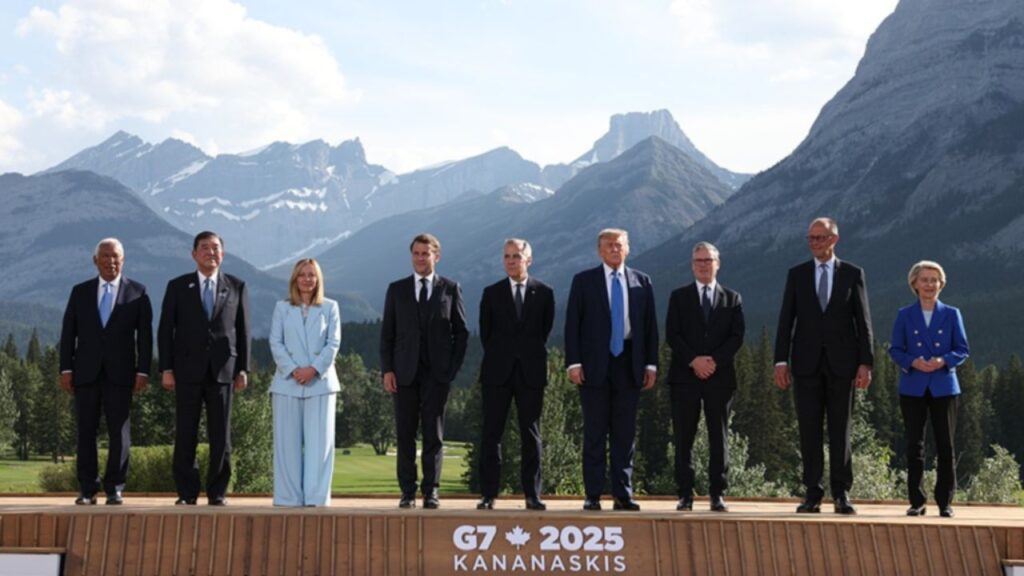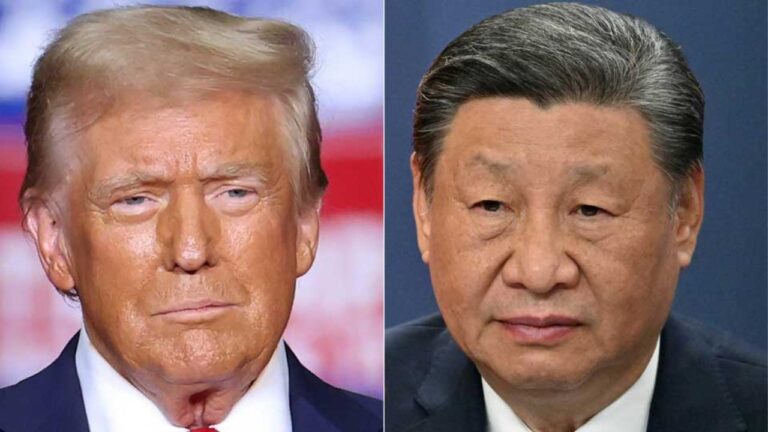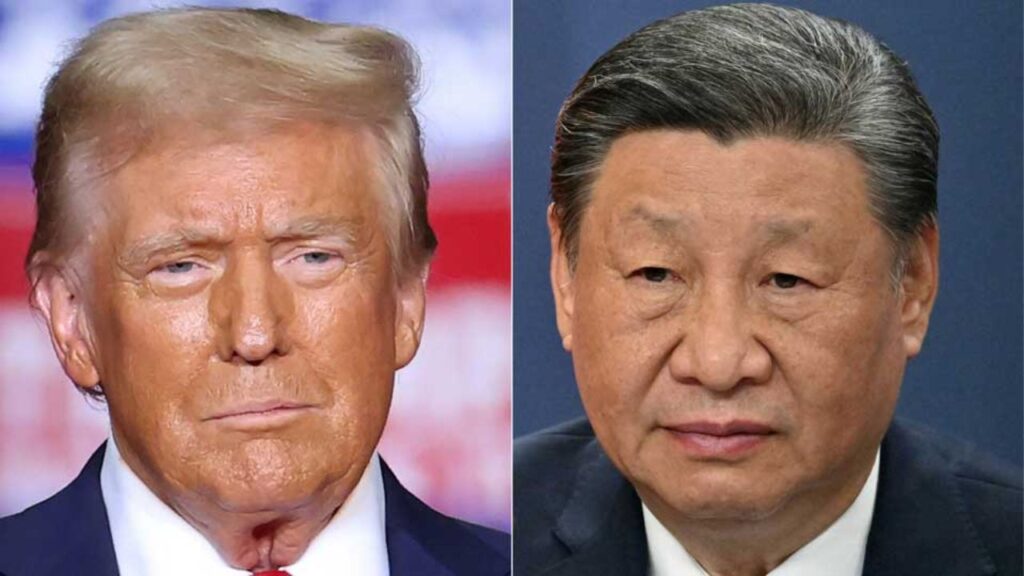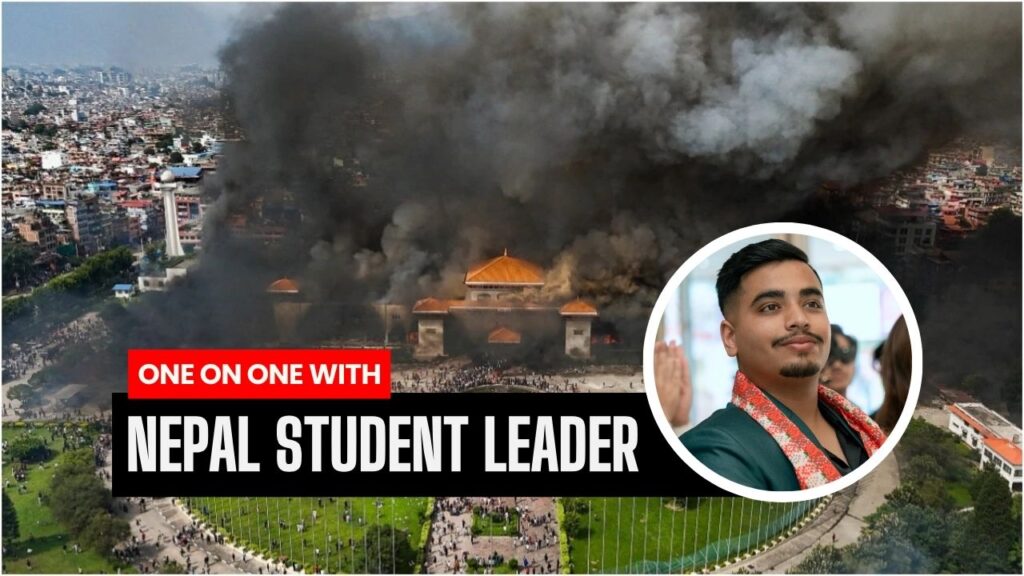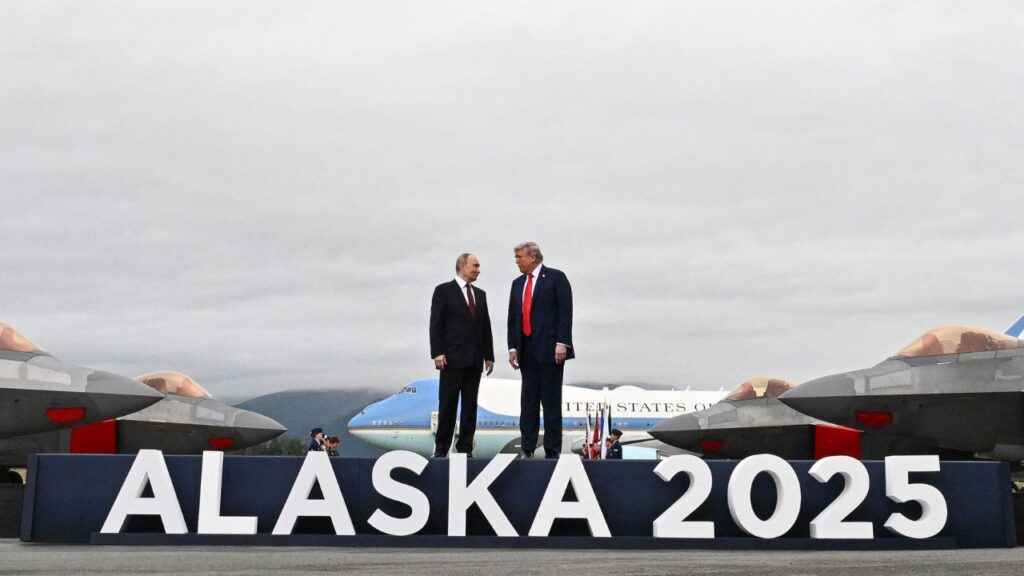As tensions surged across the Middle East on the morning of June 16, world leaders converged on the snow-capped peaks of Alberta’s Rocky Mountains for the 51st G7 Summit. Convened to discuss global trade, the Russia-Ukraine war, and breakthroughs in artificial intelligence, the summit swiftly refocused on an emerging crisis: the escalating military confrontation between Israel and Iran. This development threatened to spiral into regional war and destabilize global energy markets.
Hosted by Canadian Prime Minister Mark Carney, the summit brought together heads of government from the United States, the United Kingdom, France, Germany, Italy, Japan, and the European Union, alongside invited observers from India, South Africa, Mexico, Brazil, South Korea, and Ukraine. Over three tense days, leaders tussled with urgent calls for a ceasefire, deepened divisions over U.S. foreign policy under President Donald Trump, and struggled to maintain diplomatic cohesion.
The immediate backdrop to the G7 gathering was Israel’s coordinated airstrikes on Iranian nuclear and military facilities just four days earlier on June 12, aimed at dismantling what it called an imminent threat to its national security. Iran’s response of missile and drone strikes on major Israeli cities, including Tel Aviv and Haifa, intensified fears of open war.
As the G7 opened, the conflict had already claimed hundreds of lives. Israeli officials confirmed the deaths of 224 Iranian personnel, including military commanders and atomic scientists. Iran, meanwhile, reported at least 24 fatalities within its territory due to Israeli strikes. The escalation sparked fears not only of an Iranian withdrawal from the Nuclear Non-Proliferation Treaty (NPT) but also of a possible military miscalculation pulling in global powers.
After intense deliberation, G7 leaders issued a joint statement late on June 16, warning that “Iran can never have a nuclear weapon” and affirming Israel’s “right to defend itself.” Iran was named “the principal source of regional instability and terror,” a rare unified condemnation from a group often split on Middle Eastern strategy.
However, in a notable balancing act, the statement urged diplomacy and a broader de-escalation of hostilities, including a ceasefire in Gaza. While some European leaders had sought stronger language calling for an immediate ceasefire between Israel and Iran, the final version reflected U.S. resistance to overt pressure on Israel.
The leaders also pledged to safeguard energy markets, as crude oil prices had surged more than 15 percent since the start of the conflict.
Tensions inside the summit reached a climax when President Donald Trump left abruptly on the evening of June 16, stating he was returning to Washington to “handle far more serious matters.” Before departing, Trump reluctantly agreed to the joint statement after days of back-and-forth over its tone.
On the social media platform Truth Social, Trump reiterated: “IRAN CANNOT HAVE A NUCLEAR WEAPON. I’ve said it over and over again!” He called on civilians to “immediately evacuate Tehran,” sparking panic across the region and speculation about impending U.S. strikes.
Though White House officials denied any immediate plans for military involvement, one senior official told reporters that “military options remain on the table” if Iran resumed uranium enrichment at prohibited levels.
Trump also claimed Iran missed an opportunity to accept a nuclear deal his administration had previously proposed. “They should have taken the deal that was on the table, which would have saved a lot of lives!” he posted.
Guest attendee Indian Prime Minister Narendra Modi, fresh from a state visit to Cyprus, attended closed-door meetings but did not make public remarks on the Middle East crisis. His presence symbolized India’s growing stature in global diplomacy and its balancing role between Western powers and the Global South.
Ukrainian President Volodymyr Zelenskyy and Mexican President Claudia Sheinbaum had scheduled bilateral talks with Trump, but his early departure precluded those engagements.
Beyond the Middle East crisis, the G7 Summit also saw limited but notable progress on other fronts, though the dominant geopolitical tensions largely overshadowed these developments. A significant breakthrough came with the signing of a UK-US trade agreement aimed at removing longstanding barriers across several key industries, signaling a renewed commitment to economic cooperation between the two allies.
Additionally, Canada and the United States announced plans to finalize a bilateral trade deal within the next 30 days, aimed at resolving ongoing tariff disputes. In parallel, G7 leaders released separate statements addressing emerging global challenges, including the governance of artificial intelligence, climate change mitigation strategies, and efforts to combat cross-border smuggling.
While these initiatives received less public attention, they underscore the G7’s broader commitment to addressing long-term global issues. Efforts to mend strained Canada-India diplomatic relations, which had deteriorated since 2023, also registered modest progress, with Prime Minister Mark Carney expressing cautious optimism about future cooperation, particularly in the areas of technology exchange and migration policy.
This year’s G7 Summit will be remembered less for its economic agenda and more as a moment when diplomatic unity was tested in the face of impending war. While the joint statement showed consensus on Iran’s nuclear threat and support for Israel, it also exposed gaps in strategy, particularly with Trump’s unpredictable posture.
As Iran and Israel trade blows, and global markets react nervously, the G7’s call for “a broader de-escalation” may be the only bulwark against a catastrophic spiral. Whether this summit laid the groundwork for meaningful negotiation, or it was merely a pause before further escalation, remains to be seen.

